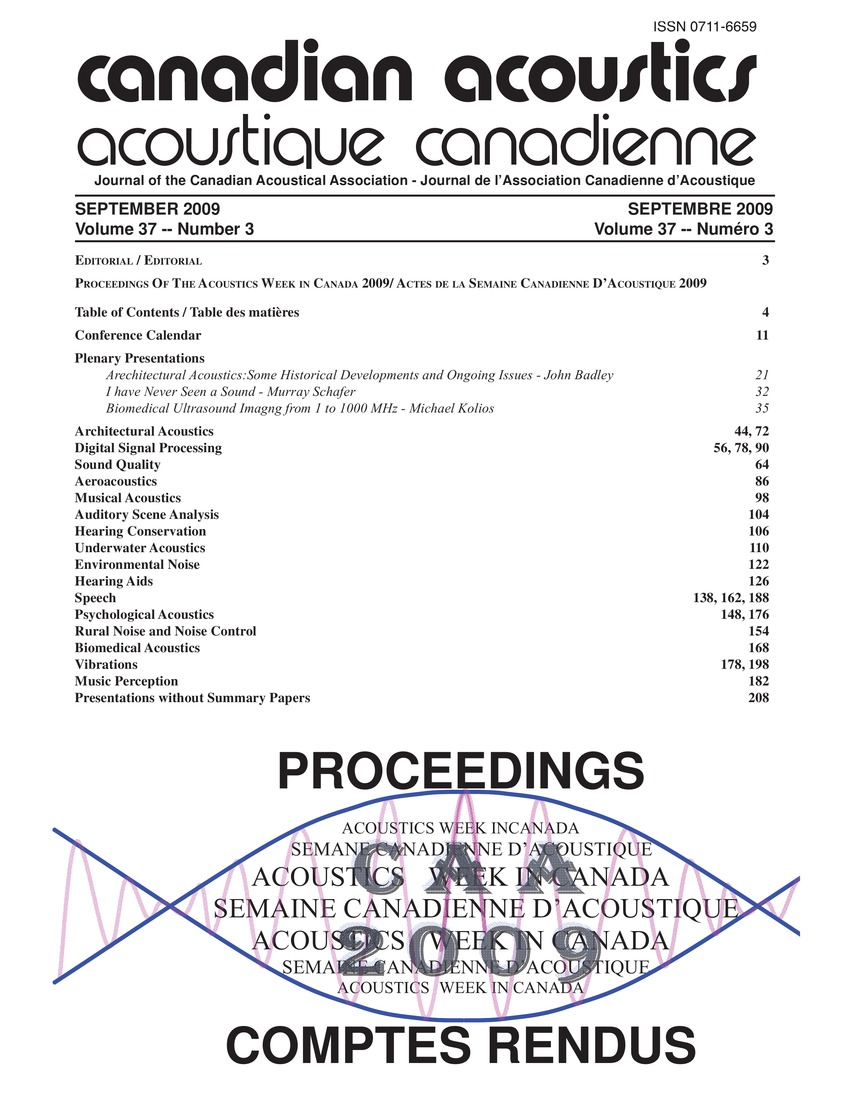Modeling electrostatic field in mems devices using artdticial springs in rayleigh-ritz method
Keywords:
Eigenvalues and eigenfunctions, Electrostatics, MEMS, Stiffness, Boundary characteristics, Boundary conditioning, Eigenvalues, Elastic foundation, Elastic properties, Electrostatic effect, Electrostatic field, Gram-schmidt, MEMSDevices, Micro devices, Microelectromechanical systems, Mode shapes, Orthogonal polynomial, Per unit, Plate-Type, Rayleigh-Ritz methods, Softening effect, Static equilibrium, Static equilibrium conditions, Structural stiffness, Vibration problemAbstract
Boundary characteristic orthogonal polynomials were used in the Rayleigh-Ritz method to model and analyze electrostatic field in micro electro mechanical system (MEMS) devices. These orthogonal polynomials were generated using Gram-Schmidt process to conduct the investigations. The vibration problem was formulated at the static equilibrium condition by including an elastic foundation stiffness to represent the electrostatic field effects. The problem was formulated to obtain the modeshapes and the eigenvalues of the plate type microdevice at the static equilibrium position. The electrostatic field had a softening effect on the elastic property of the system, as it acted in opposition to the structural stiffness. The softening effect was introduced in terms of distributed springs or an elastic foundation with stiffness per unit area of 'Ke' to apply the boundary conditioning to represent the electrostatic effect.Additional Files
Published
How to Cite
Issue
Section
License
Author Licensing Addendum
This Licensing Addendum ("Addendum") is entered into between the undersigned Author(s) and Canadian Acoustics journal published by the Canadian Acoustical Association (hereinafter referred to as the "Publisher"). The Author(s) and the Publisher agree as follows:
-
Retained Rights: The Author(s) retain(s) the following rights:
- The right to reproduce, distribute, and publicly display the Work on the Author's personal website or the website of the Author's institution.
- The right to use the Work in the Author's teaching activities and presentations.
- The right to include the Work in a compilation for the Author's personal use, not for sale.
-
Grant of License: The Author(s) grant(s) to the Publisher a worldwide exclusive license to publish, reproduce, distribute, and display the Work in Canadian Acoustics and any other formats and media deemed appropriate by the Publisher.
-
Attribution: The Publisher agrees to include proper attribution to the Author(s) in all publications and reproductions of the Work.
-
No Conflict: This Addendum is intended to be in harmony with, and not in conflict with, the terms and conditions of the original agreement entered into between the Author(s) and the Publisher.
-
Copyright Clause: Copyright on articles is held by the Author(s). The corresponding Author has the right to grant on behalf of all Authors and does grant on behalf of all Authors, a worldwide exclusive license to the Publisher and its licensees in perpetuity, in all forms, formats, and media (whether known now or created in the future), including but not limited to the rights to publish, reproduce, distribute, display, store, translate, create adaptations, reprints, include within collections, and create summaries, extracts, and/or abstracts of the Contribution.


